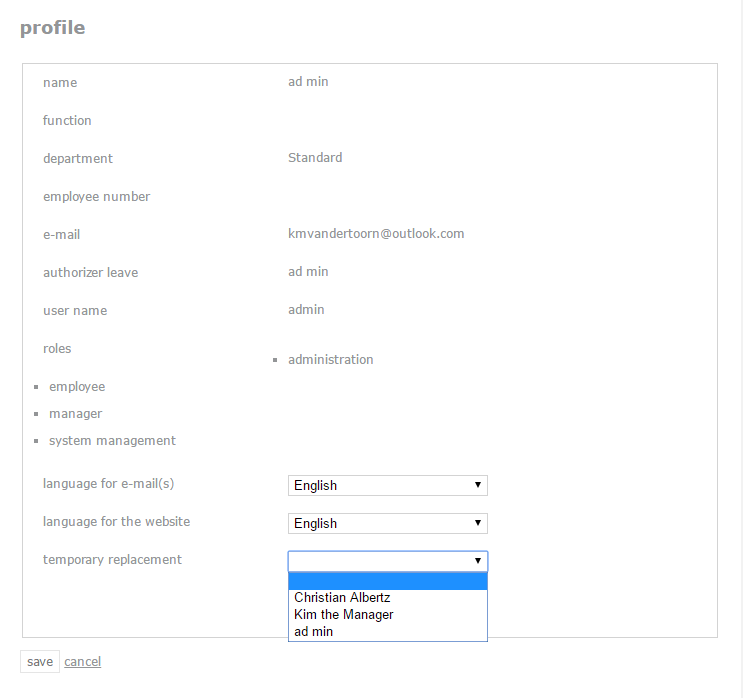
In a world that constantly evolves, the need for temporary replacements becomes essential, especially in various industries ranging from healthcare to corporate environments. The term "temporary replacement 2" refers to the practice of substituting an individual or service with a temporary alternative, ensuring continuity and efficiency in operations. This article delves into the intricacies of temporary replacements, exploring their significance, the process involved, and how they impact different sectors.
Understanding the dynamics of temporary replacements can provide insights into how organizations manage workforce fluctuations, project demands, or unexpected absences. The concept of "temporary replacement 2" highlights the importance of having a structured approach to fill gaps effectively without compromising the quality of work. By examining various facets of this concept, we can appreciate its role in maintaining productivity and ensuring the seamless functioning of various operations.
This article will take you through the various aspects of temporary replacement 2, including its implementation, challenges, and benefits. Whether it’s a short-term absence due to illness or a longer-term project requirement, understanding how to navigate temporary replacements can enhance operational resilience and adaptability.
What is the Importance of Temporary Replacement 2?
Temporary replacements are crucial for several reasons. They help maintain productivity, ensure that essential functions continue without interruption, and prevent the overburdening of remaining staff. In environments where deadlines are critical, having a temporary replacement can mean the difference between success and failure.
- **Continuity of Services**: Ensures that operations remain uninterrupted.
- **Workload Management**: Helps distribute tasks evenly among available employees.
- **Skill Utilization**: Allows organizations to tap into specialized skills when needed.
- **Cost-Effectiveness**: Provides a financially viable solution compared to hiring permanent staff.
How Does Temporary Replacement 2 Work?
Implementing a temporary replacement involves several steps. Organizations typically start by assessing the need for a replacement, identifying the skills required, and then sourcing suitable candidates. The process can vary depending on the industry and the specific requirements of the role being filled.
What Are the Challenges of Temporary Replacement 2?
While temporary replacements are beneficial, they come with their own set of challenges. These may include:
- **Training Time**: Temporary replacements may require time to understand the workflow.
- **Cultural Fit**: Integrating temporary staff into the existing team can be difficult.
- **Quality Control**: Ensuring that the temporary staff meets the same standards as permanent employees.
- **Retention of Knowledge**: Temporary staff may lack the institutional knowledge that permanent employees possess.
Who Can Benefit from Temporary Replacement 2?
Various sectors can benefit from implementing temporary replacements. Some of these include:
- **Healthcare**: Hospitals and clinics often need temporary staff to cover shifts for healthcare professionals.
- **Corporate**: Businesses may require temporary replacements for administrative roles during peak seasons or when staff are on leave.
- **Education**: Schools and universities frequently hire temporary instructors to fill gaps in teaching staff.
- **Construction**: Temporary workers are often brought in to meet project demands or seasonal workloads.
What Are the Benefits of Temporary Replacement 2?
Organizations that effectively utilize temporary replacements can enjoy several benefits:
- **Flexibility**: Ability to adjust workforce size based on demand.
- **Access to Expertise**: Bringing in skilled professionals for specific projects.
- **Reduced Long-Term Costs**: Lower financial commitment compared to full-time hires.
- **Quick Response**: Ability to quickly address staffing needs without lengthy recruitment processes.
What to Look for in a Temporary Replacement 2?
When seeking a temporary replacement, organizations should consider various factors to ensure they select the right candidate:
- **Relevant Experience**: Previous experience in similar roles or industries.
- **Cultural Compatibility**: Ability to fit into the existing team dynamics.
- **Adaptability**: Willingness to learn and adapt to new processes quickly.
- **Reliability**: Proven track record of dependability and professionalism.
How to Manage a Temporary Replacement 2 Effectively?
Managing temporary replacements requires a strategic approach to ensure smooth integration and productivity. Here are some tips:
- **Set Clear Expectations**: Clearly communicate the roles and responsibilities of the temporary staff.
- **Provide Orientation**: Offer a comprehensive onboarding process to familiarize them with the organizational culture and workflows.
- **Regular Check-Ins**: Schedule regular meetings to address any concerns and provide feedback.
- **Encourage Team Interaction**: Foster an inclusive environment where temporary staff can engage with the team.
Biography of a Notable Example of Temporary Replacement 2
One notable example in the realm of temporary replacements is Jane Doe, a renowned project manager in the tech industry who has successfully navigated numerous temporary roles throughout her career.
| Name | Jane Doe |
|---|---|
| Occupation | Project Manager |
| Years of Experience | 10+ |
| Industry | Technology |
| Notable Achievements | Successfully led multiple projects as a temporary replacement during peak periods. |
Jane's experience exemplifies the effectiveness of temporary replacements in maintaining project timelines and ensuring deliverables are met. By stepping into roles when needed, she has not only contributed to the success of various teams but has also showcased her versatility and adaptability as a professional.
Conclusion: Embracing Temporary Replacement 2
In conclusion, the concept of temporary replacement 2 is an essential component of modern workforce management. By understanding the importance, processes, and challenges associated with temporary replacements, organizations can better navigate staffing needs while maintaining productivity and morale.
As businesses face fluctuating demands and unforeseen circumstances, embracing the practice of temporary replacements can lead to greater operational resilience and the ability to respond swiftly to changing needs. Whether it's through hiring temporary staff or leveraging existing employees for interim roles, the benefits of strategic temporary replacements are clear and impactful.
ncG1vNJzZmivp6x7p7XGoaugqpGlva2x05qnZ5ufonymrdKtnKuho2Z8tbHMqaarmaKuerOxz6WYnJ2dmru1eZFnn62lnA%3D%3D